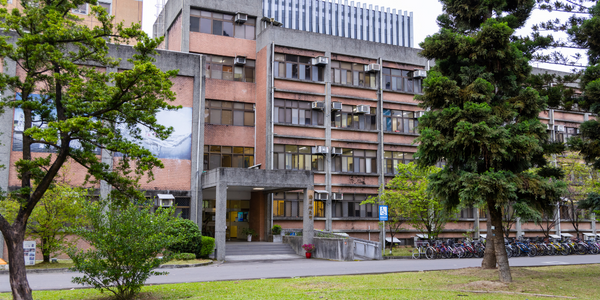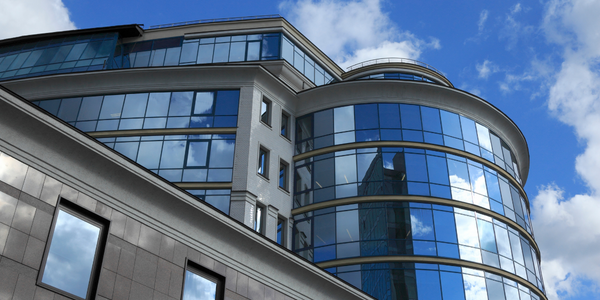公司规模
Large Corporate
地区
- Europe
国家
- Russia
产品
- ICONICS GENESIS32™
- JCI Metasys® M5 Workstation
技术栈
- BACnet
- OPC
- LonWorks
- N2 Open
- Modbus
实施规模
- Enterprise-wide Deployment
影响指标
- Productivity Improvements
- Cost Savings
技术
- 应用基础设施与中间件 - API 集成与管理
适用行业
- 建筑物
适用功能
- 设施管理
用例
- 楼宇自动化与控制
- 建筑能源管理
服务
- 系统集成
- 软件设计与工程服务
关于客户
The Federation Tower in Moscow, Russia is set to become the tallest building in Europe, and Europe’s first “Supertall” building. The complex is divided into two towers with a shared podium with a combined floor area of 423,000 square meters. Tower 1 is 360 meters and 93 stories tall with 207,000 square meters of floor space and is to be used primarily as office space. Tower 2 is 242 meters and 62 stories tall with 110,500 square meters of floor space and will be used as a hotel and residential apartments. At the top of both towers, there will be a 360º-view observation deck and restaurant. Eight above-ground floors and one underground floor will contain over 50,000 square meters of shopping space. When completed, the complex will feature the world’s tallest spire, soaring up to over 506 meters and will have the world’s highest glass elevators, ascending at a rate of 18 meters per second.
挑战
The Federation Tower in Moscow, Russia is set to become the tallest building in Europe, and Europe’s first “Supertall” building. The complex is divided into two towers with a shared podium with a combined floor area of 423,000 square meters. The building automation and security systems in the West Tower are being handled by the ARMO Group, a building systems, automation, and management firm also located in Moscow. Construction on the Federation Tower began in 2005 and will be complete in 2013. ARMO Group is assisting with the JCI Energy Smart Buildings and automation network in the West Tower, handling over 21,000 data points spread amongst 1,600 automated devices and using more than 20 digital integrations.
解决方案
Planners for the Federation Tower and consultants from the ARMO Group suggested an OEM version of ICONICS GENESIS32™ Web-enabled, OPC-integrated HMI/ SCADA suite. Johnson Controls, Inc. (JCI) utilizes GENESIS32 technology within its Metasys® M5 Workstation building management system. Among the systems now integrated with JCI M5 (ICONICS GENESIS32) are HVAC, Water Supply, Cooling Center, Heating Center, Electrical Transformer Substations, Electrical Distribution System, Uninterruptible Power Supplies, Diesel Generators, Fire Alarm System, Lighting Control, Elevators, Apartment/Room Control, Common Area Microclimate, and Central Dispatching Room. Among the protocols used throughout the network are LonWorks, N2 Open, Modbus and BACnet. In fact, the JCI-networked West Tower is able to communicate with the Sauter-networked East Tower via BACnet integration.
运营影响
数量效益

Case Study missing?
Start adding your own!
Register with your work email and create a new case study profile for your business.
相关案例.

Case Study
Energy Saving & Power Monitoring System
Recently a university in Taiwan was experiencing dramatic power usage increases due to its growing number of campus buildings and students. Aiming to analyze their power consumption and increase their power efficiency across 52 buildings, the university wanted to build a power management system utilizing web-based hardware and software. With these goals in mind, they contacted Advantech to help them develop their system and provide them with the means to save energy in the years to come.

Case Study
Intelligent Building Automation System and Energy Saving Solution
One of the most difficult problems facing the world is conserving energy in buildings. However, it is not easy to have a cost-effective solution to reduce energy usage in a building. One solution for saving energy is to implement an intelligent building automation system (BAS) which can be controlled according to its schedule. In Indonesia a large university with a five floor building and 22 classrooms wanted to save the amount of energy being used.

Case Study
Powering Smart Home Automation solutions with IoT for Energy conservation
Many industry leaders that offer Smart Energy Management products & solutions face challenges including:How to build a scalable platform that can automatically scale-up to on-board ‘n’ number of Smart home devicesData security, solution availability, and reliability are the other critical factors to deal withHow to create a robust common IoT platform that handles any kind of smart devicesHow to enable data management capabilities that would help in intelligent decision-making

Case Study
Protecting a Stadium from Hazardous Materials Using IoT2cell's Mobility Platform
There was a need for higher security at the AT&T Stadium during the NFL draft. There was a need to ensure that nuclear radiation material was not smuggled inside the stadium. Hazmat materials could often be missed in a standard checkpoint when gaining entry into a stadium.

Case Study
Commercial Building Automation Boosts Energy Efficiency
One of the challenges to building automation is the multitude of non-interoperable communications protocols that have evolved over the years. Buildings have several islands of automation. Bridging the islands of different automation without losing the considerable investment in each specialized control network is the main focus in this solution.







